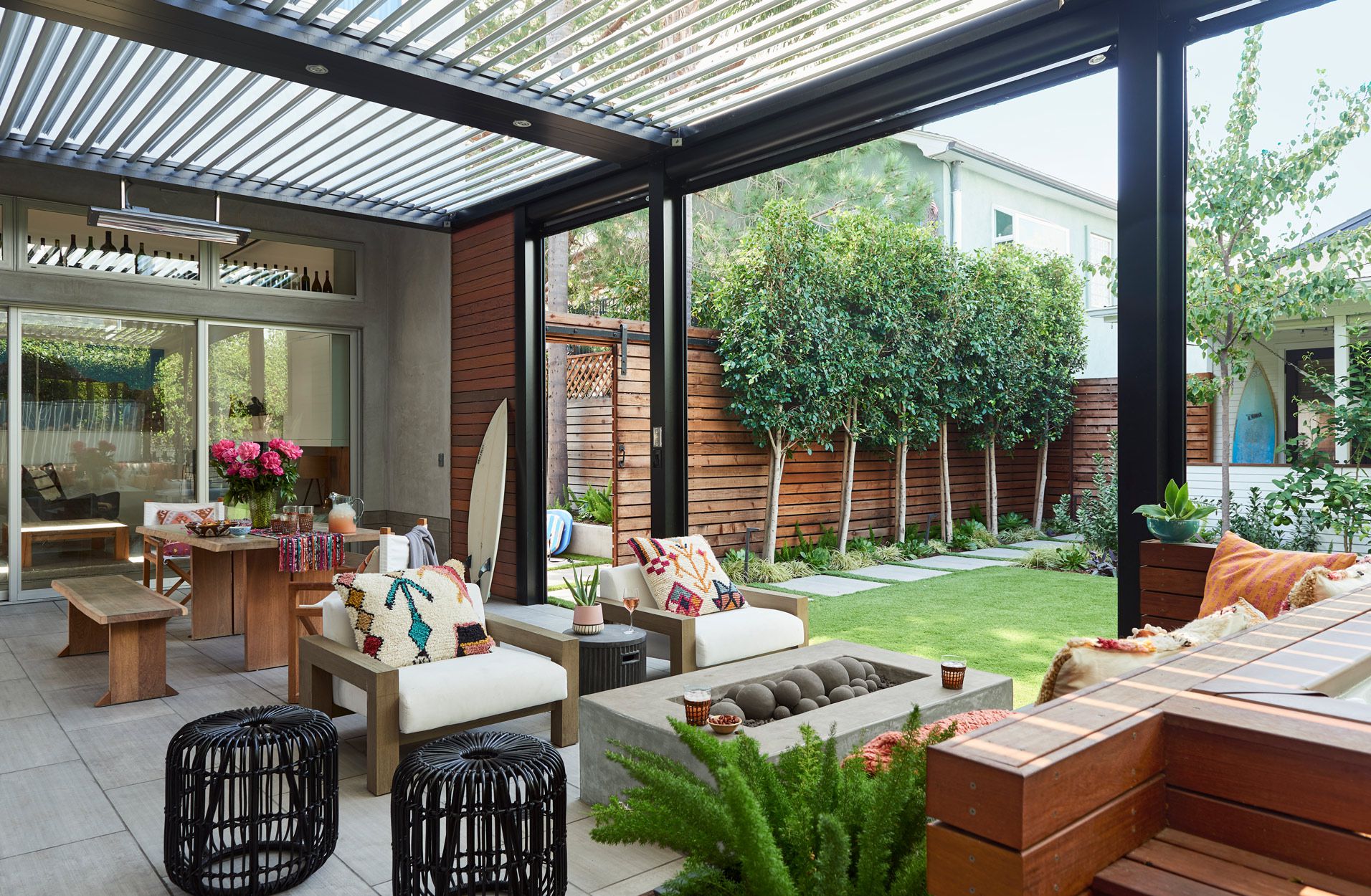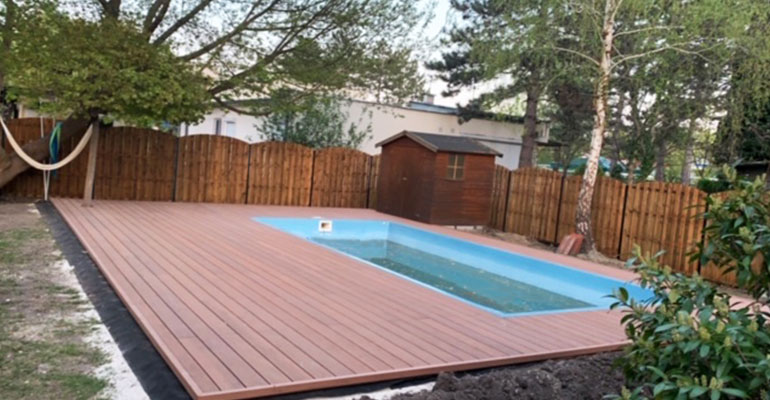
Elevate Your Outdoor Space with KysimWPC’s Innovative Invisible Gap Decking
October 9, 2023
Transform Your Outdoor Space with These Back Porch Ideas
October 21, 2023
Is WPC Decking Slippery? Understanding Its Slip-Resistant Properties
When evaluating outdoor flooring solutions, slip resistance becomes a critical safety consideration – particularly in moisture-prone areas such as pool surrounds, coastal properties, and commercial landscapes. Wood Plastic Composite (WPC) decking has emerged as a frontrunner in addressing these safety concerns while maintaining aesthetic appeal. This technical analysis examines the anti-slip characteristics of WPC decking systems and their performance under various environmental conditions.
Comparative Analysis: WPC vs Traditional Decking Materials
| Material Property | Natural Wood | PVC Decking | WPC Decking |
|---|---|---|---|
| Static Friction Coefficient (Dry) | 0.60-0.70 | 0.45-0.55 | 0.75-0.85 |
| Static Friction Coefficient (Wet) | 0.35-0.45 | 0.30-0.40 | 0.60-0.70 |
| Water Absorption Rate | 15-25% | 0.1-0.5% | 0.5-1.2% |
Engineering Principles Behind WPC’s Slip Resistance
1. Composite Material Architecture
WPC decking combines thermally modified wood fibers (40-60% composition) with polymer matrices (primarily HDPE or PP), creating a micro-textured surface through advanced co-extrusion processes. This engineered surface topography exceeds ANSI A326.3 standards for dynamic coefficient of friction (DCOF ≥ 0.42).
2. Hydrophobic Surface Treatment
The integration of nano-scale silica particles (5-15μm) within the polymer matrix creates a Lotus Effect surface, achieving contact angles >110° to promote rapid water sheeting. This technical feature reduces hydrodynamic lubrication that contributes to slip incidents.
3. Thermal Expansion Management
With a linear expansion coefficient of 0.05-0.07% per °C, WPC maintains dimensional stability across temperature ranges (-30°C to +60°C), preventing warping that could create hazardous surface irregularities.
Performance Optimization Strategies
Surface Maintenance Protocols
- Mechanical Cleaning: Implement bi-annual scrubbing with nylon-bristle brushes (≥5000 filament count) using pH-neutral cleaners
- Anti-Microbial Treatment: Apply quaternary ammonium compounds quarterly to maintain <10³ CFU/cm² microbial load
- Surface Rejuvenation: Utilize dry-ice blasting every 3-5 years to restore original surface morphology
Advanced Drainage Solutions
For commercial installations, integrate linear drainage systems with ≤1.5% slope gradient. Use computational fluid dynamics modeling to optimize:
- Groove dimensions (depth: 2-3mm, width: 5-8mm)
- Drainage channel spacing (150-300mm centers)
- Subsurface moisture evacuation (≥25 L/min/m² capacity)
Certifications and Compliance
Premium WPC decking systems meet or exceed:
- EN 1338:2003 (Pedestrian surface requirements)
- ASTM F1679-13 (Static coefficient measurement)
- DIN 51130 (R-rating classification)
For certified slip-resistant solutions, explore professional-grade WPC decking options engineered for high-traffic environments.
Commercial Applications Case Study
Municipal Boardwalk Installation
A 2.3km coastal walkway using 150mm x 25mm WPC profiles demonstrated:
- Zero slip incidents over 24-month observation period
- Surface roughness (Ra) maintained at 6-8μm
- 98% reflectance retention under UV exposure
Conclusion: WPC as a Safety-Centric Decking Solution
Through its engineered composite structure and advanced surface technologies, WPC decking achieves superior slip resistance compared to traditional materials. With proper specification and maintenance, these systems provide R10-R11 slip ratings suitable for demanding commercial and residential applications. For architects and specifiers seeking compliant, durable solutions, high-performance WPC decking represents an optimal balance of safety and design flexibility.

